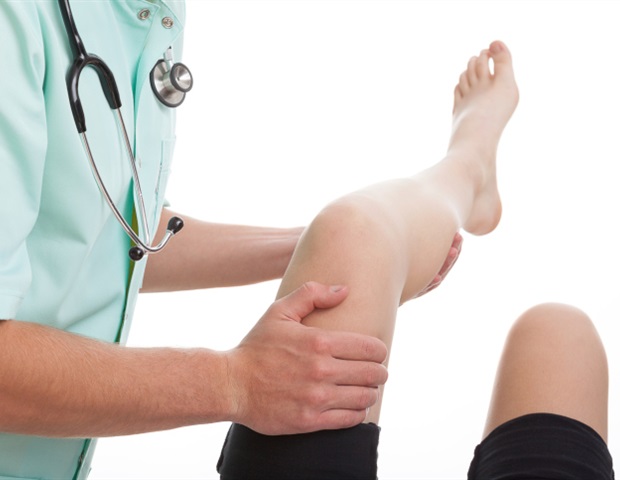DGIST (Chairman Lee Geun-woo) announced on Tuesday the 16th that a research team led by Professor Lee Jae-hong of the Department of Robotics and Mechanical and Electronic Engineering has developed a new human implantable wireless health monitoring electronic suture system through joint research with the team. It was announced that. Graduated from Yonsei University and Korea University. The wireless electronic suture that he developed is easy to apply in the medical field, and is expected to be used in various orthopedic fields, including patient-specific rehabilitation.
In recent years, with the aging of the population and the occurrence of various pandemics around the world, interest in medical devices for monitoring and managing diseases and health conditions has increased significantly. Above all, the prevalence of sports culture has increased the frequency of orthopedic injuries such as rupture of ligaments and tendons. For this reason, there is an increasing need for medical care to quantitatively monitor tissue recovery during rehabilitation. Nevertheless, quantitative monitoring has been difficult due to technical limitations.
In this context, Professor Jaehong Lee's team, in collaboration with Yonsei University (Professor Jungmok Seo's team) and Korea University College of Medicine (Professor Wooyoung Jang's team), developed a wireless, human-implantable strain sensor that can be remotely monitored without the need for a separate chip or battery. In particular, the sensor is implemented in the form of an electronic suture, combining medical needles and threads to close or suture wounds while also performing the functions of electronic devices, allowing for accurate monitoring without burdening the patient.
The electronic suture system developed in this study is a new type of implantable electronic device that has the shape of commonly used medical sutures but functions as a wireless strain sensor. Special oil film coating technology minimizes immune reactions and achieves long-term stable operation. It is also convenient for use in medical settings, as it can be easily applied like regular sutures. In particular, fixing the sensor to the suture allows it to operate stably in the body for long periods of time, providing an innovative solution to previous stability problems.
The research team applied the developed wireless electronic suturing system to a pig Achilles tendon rupture model and regularly monitored changes in tissue mechanical properties during a 10-week recovery period. The results demonstrated that the developed wireless electronic suturing system can quantitatively evaluate the repair characteristics of the Achilles tendon.
“By developing a wireless sensor device in the shape of a medical suture, which is familiar in clinical settings, we have come closer to a real-world application. Starting with this research, we hope to develop a variety of electronic sutures with multiple functions, thereby opening up new avenues in the field of medical devices implanted in the human body.”
Professor Lee Jae-hong
The research was conducted by Professor Jungmok Seo of Yonsei University and Professor Woo-Young Jang of Korea University School of Medicine as corresponding authors, and Professor Jaehong Lee of DGIST's Department of Robotics and Mechanical and Electronic Engineering. The research results were published on Tuesday, May 14, in his ACS Nano (IF: 17.1), a prestigious international journal in the field of materials science and nanoscience. They were selected as a magazine cover story. This research was supported by the Korea Medical Device Development Project, the Outstanding Young Researchers Project, the Electrical Product Technology Development Project, and the Mid-career Researcher Support Project of the Ministry of Science, Information and Communication, of the Korea Medical Device Development Fund.
sauce:
DGIST (Daegu Kyungbuk University of Science and Technology)
Reference magazines:
Lee, M., et al. (2024). Postoperative long-term monitoring of mechanical properties of reconstructed soft tissues using biocompatible, immunotolerant, wireless electronic sutures. ACS Nano. doi.org/10.1021/acsnano.4c00396.



